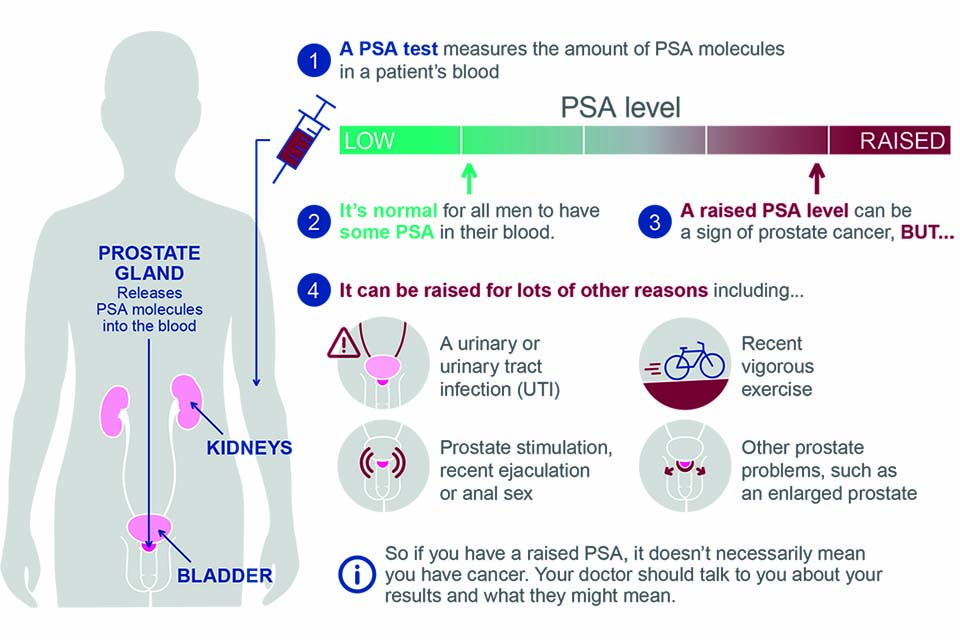Prostate Cancer
Prostate cancer tends to develop in men over the age of fifty. Globally it is the sixth leading cause of cancer-related death in men. Prostate cancer is most common in the developed world with increasing rates in the developing world.
This is a form of cancer that develops in the prostate, a gland in the male reproductive system. Most prostate cancers are slow growing, however, there are cases of aggressive prostate cancers. The cancer cells may metastasize (spread) from the prostate to other parts of the body, particularly the bones and lymph nodes. Prostate cancer may cause pain, difficulty in urinating, problems during sexual intercourse or erectile dysfunction. Other symptoms can potentially develop during later stages of the disease.
However, many men with prostate cancer never have symptoms, undergo no therapy and eventually die of other unrelated causes. Many factors, including genetics and diet, have been implicated in the development of prostate cancer.
The presence of prostate cancer may be indicated by symptoms, physical examination, Prostate-Specific Antigen (PSA) or biopsy & MRI of prostate.
All males above age 50 years should undergo annual PSA testing & digital rectal examination by urologist.
Management strategies for prostate cancer should be guided by the severity of the disease. Many low-risk tumours can be safely followed with active surveillance. Curative treatment generally involves surgery, various forms of radiation therapy. Hormonal therapy and chemotherapy are generally reserved for cases of advanced disease (although hormonal therapy may be given with radiation in some cases).
The surgery for prostate cancer is radical prostatectomy and the best way to do it is by robotic assisted radical prostatectomy and if not available then next option is laprascopic radical prostatectomy. Various factors have to be considered while opting for radical surgery which includes life expectancy more than 10 years and other comorbidities affecting the patient.
The decision whether or not to treat localised prostate cancer (a tumour that is contained within the prostate) with curative intent is a patient trade-off between the expected beneficial and harmful effects in terms of patient survival and quality of life.



